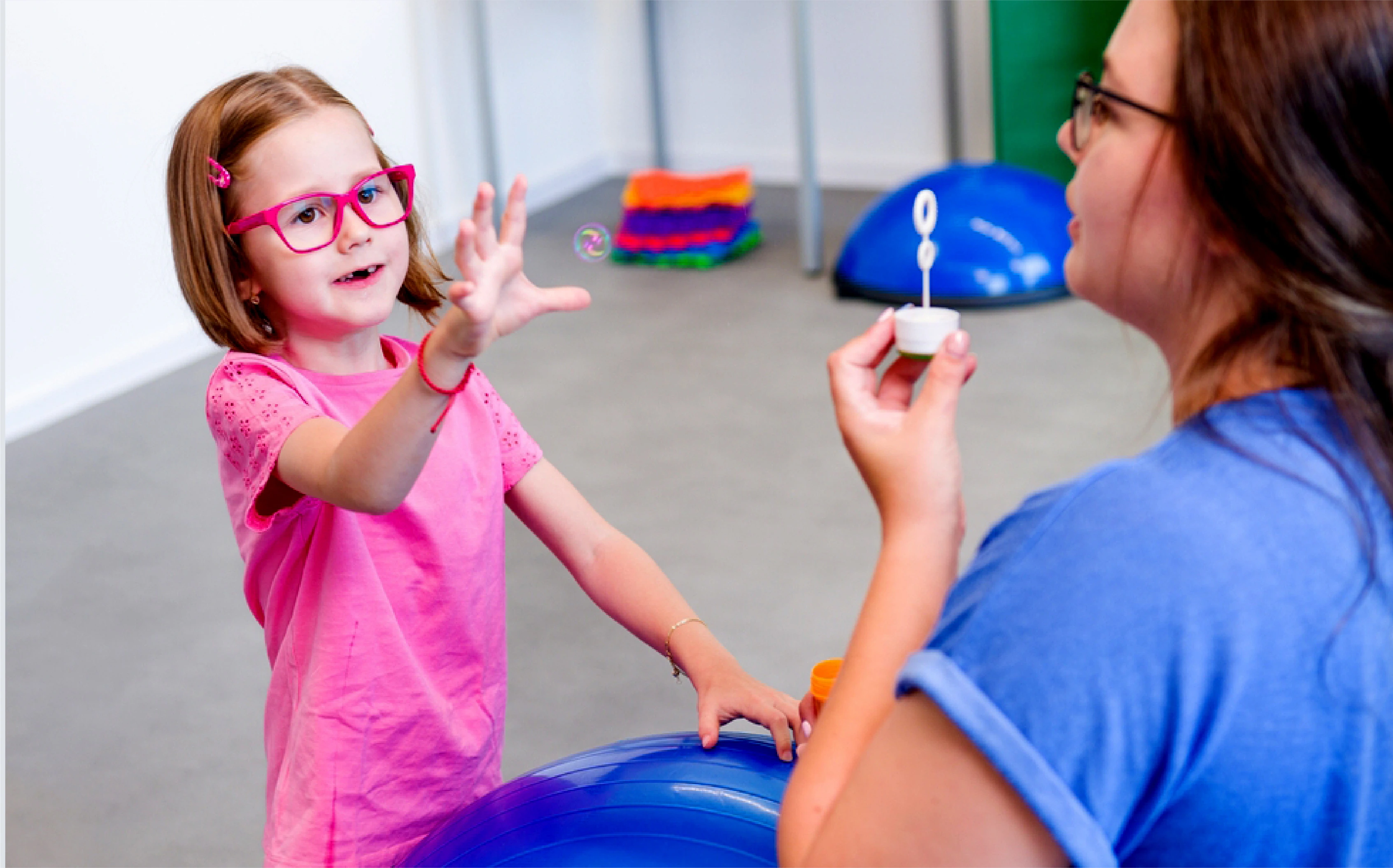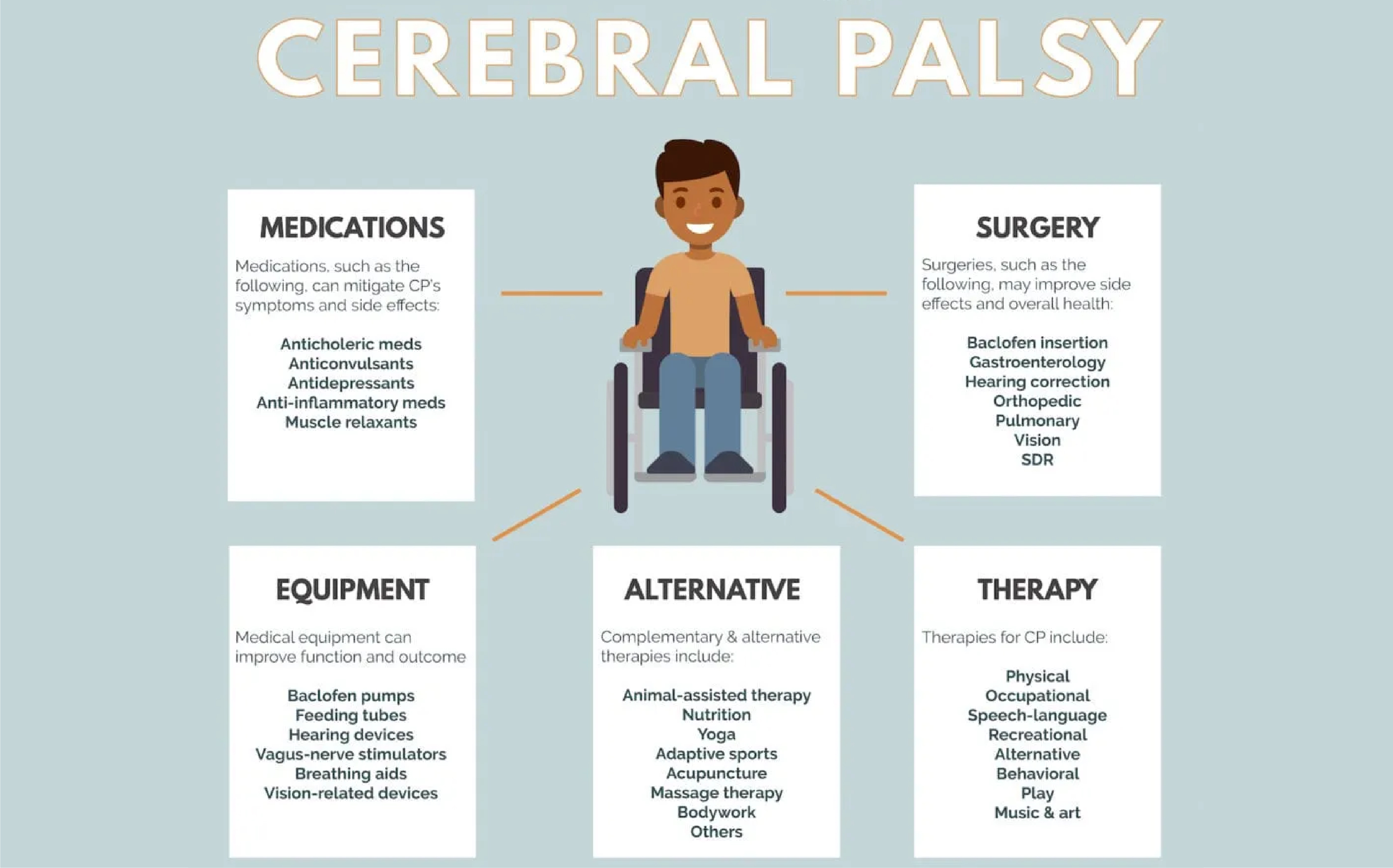
Cerebral palsy (CP) is a neurological disorder that affects a person’s ability to move, maintain balance, and control their muscles. It usually develops due to brain damage before, during, or shortly after birth. The symptoms can range from mild motor difficulties to severe physical disabilities, making everyday tasks challenging.
While there is no permanent cure for cerebral palsy, physiotherapy plays a crucial role in managing the condition. Physiotherapy helps improve mobility, muscle strength, flexibility, and coordination, enabling individuals with CP to lead more independent lives.
Read Also: Revolutionary Cerebral Palsy Treatments in Bangalore: Leading Therapies and Expert Care
 What is Cerebral Palsy?
What is Cerebral Palsy?Cerebral palsy is a group of disorders that affect muscle tone, movement, and posture. It is caused by abnormal brain development or damage to the brain’s motor control centers, which occurs before birth, during delivery, or shortly after birth.
This condition does not worsen over time, but its effects on the body can change as a person grows. Some people may experience minor movement difficulties, while others may have severe disabilities that require lifelong care.
Cerebral palsy can affect one or both sides of the body, making movement difficult. It may also impact speech, vision, hearing, and cognitive abilities in some individuals.
Read Also: Best Physiotherapy Exercises Tips for Paralysis Patient
There are four main types of cerebral palsy, each affecting movement and muscle control differently.
Read Also: Why Physiotherapy Is Crucial For Spinal Cord Injury Patients?
The symptoms of cerebral palsy vary from person to person. Some individuals may have mild difficulties, while others face severe challenges in movement and daily activities.
Read Also: Rehabilitation Treatments for Spinal Cord Injury
Cerebral palsy occurs when there is damage to the developing brain. The exact cause is not always known, but several factors can contribute to it.
Certain infections during pregnancy, such as rubella or toxoplasmosis, can affect the baby's brain development. A lack of oxygen supply to the baby’s brain (fetal hypoxia) can also lead to complications. In some cases, genetic factors may interfere with normal brain growth, increasing the risk of cerebral palsy.
Complications during labor, such as a prolonged or difficult birth, can reduce oxygen supply to the baby’s brain, leading to cerebral palsy. Premature birth, especially before 37 weeks, increases the risk due to underdeveloped organs. Low birth weight also makes babies more vulnerable to brain damage.
Brain infections like meningitis or encephalitis after birth can damage brain tissue, leading to cerebral palsy. Head injuries from accidents or falls in early childhood may also contribute. Severe jaundice in newborns, if left untreated, can result in brain damage, increasing the likelihood of cerebral palsy.
Physiotherapy is one of the most effective treatments for cerebral palsy. It helps individuals improve their strength, flexibility, and mobility, allowing them to perform daily tasks more easily.
Physiotherapy plays an important role in cerebral palsy treatment by improving muscle strength and flexibility, reducing stiffness, and enhancing movement. It helps individuals develop better balance and coordination, allowing them to stand and walk more steadily. Regular physiotherapy can also alleviate pain, prevent muscle contractures, and reduce the risk of joint deformities. For children, it supports the development of essential daily living skills, such as sitting, standing, and using their hands effectively. Ultimately, physiotherapy boosts independence, enabling individuals with cerebral palsy to perform everyday activities with greater ease and less assistance.
Physiotherapists use different exercises and techniques to help people with CP improve their mobility and muscle control. The treatment plan depends on the severity of symptoms and individual needs.
These exercises help reduce muscle stiffness and improve flexibility, making movement easier. Strengthening weak muscles enhances mobility and supports better posture.
This therapy focuses on improving walking ability and correcting posture and balance. Special techniques and equipment help enhance leg movements and coordination.
Exercising in water reduces pressure on joints, making movements easier and less painful. It also helps improve muscle tone, relaxation, and overall strength.
Targeted exercises enhance stability and coordination, reducing the risk of falls and injuries. This training helps individuals gain better control over their movements.
Braces, walkers, and wheelchairs provide mobility support, making daily activities easier. Splints and orthotic devices help prevent muscle contractures and deformities, improving posture and function.
India has advanced medical facilities and experienced specialists for CP treatment. Physiotherapy, occupational therapy, and surgery are widely available to help manage symptoms.
Occupational therapy helps individuals develop essential daily skills like eating, dressing, and writing, promoting independence. Speech therapy assists those with communication difficulties, improving speech clarity and swallowing ability. Botox injections are used to reduce muscle tightness and spasms, making movement easier. In severe cases, corrective surgery may be necessary to improve mobility, correct deformities, and enhance overall function.
Cerebral palsy is a lifelong condition, but physiotherapy plays a crucial role in improving mobility, muscle strength, and independence. Early intervention can make a significant difference in a child’s development and overall quality of life.
With the right physiotherapy techniques, daily exercises, and assistive devices, people with cerebral palsy can lead more active and fulfilling lives. If you or a loved one has cerebral palsy, consulting a physiotherapist is the first step towards better movement and independence.
Book an Appointment
Call Us09035030623